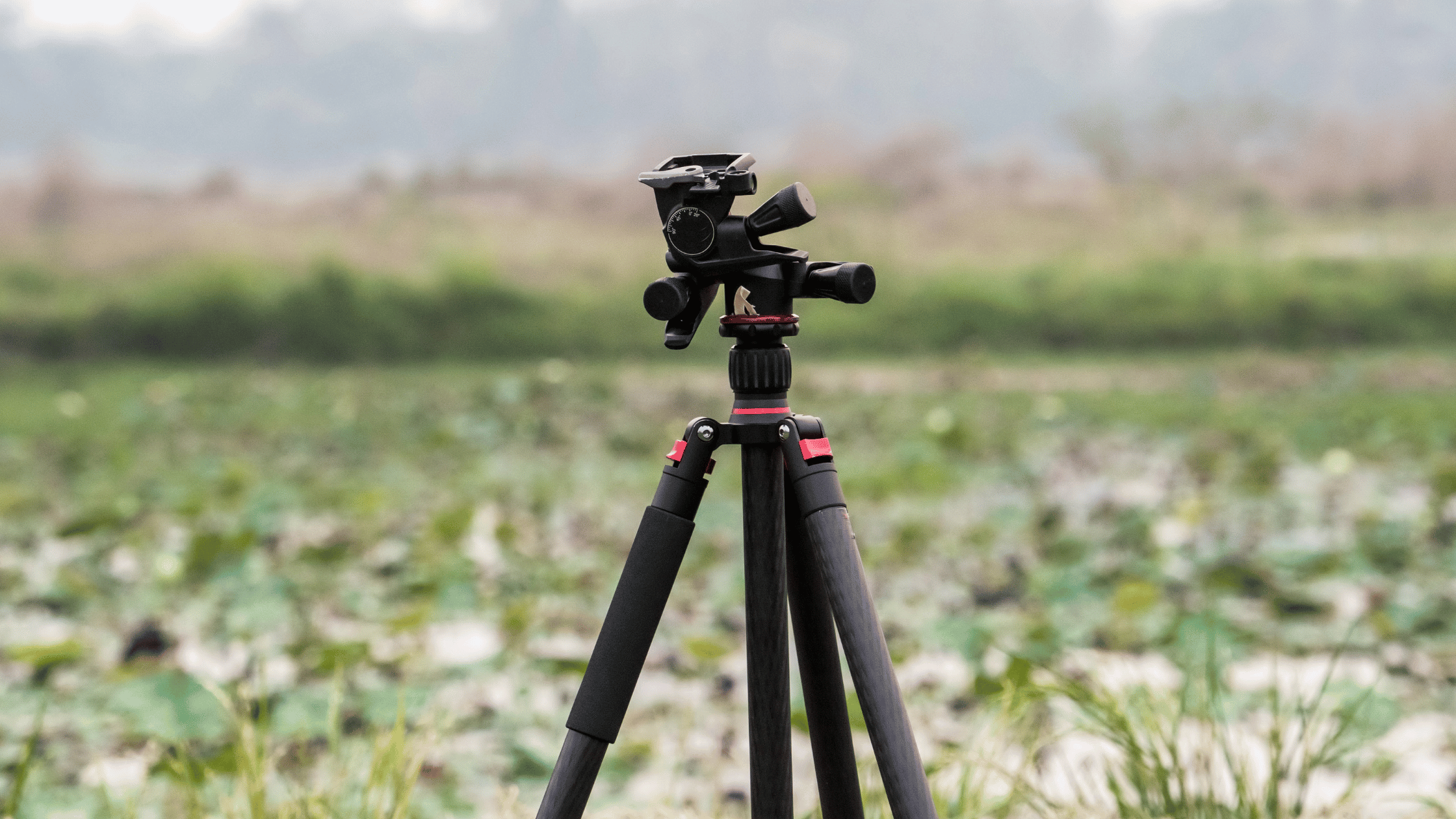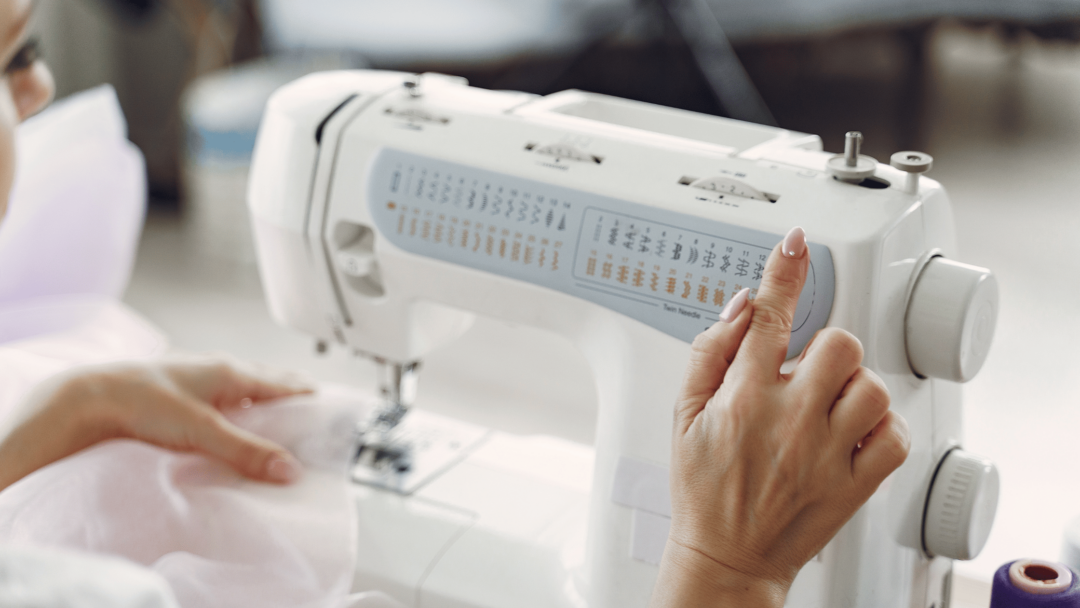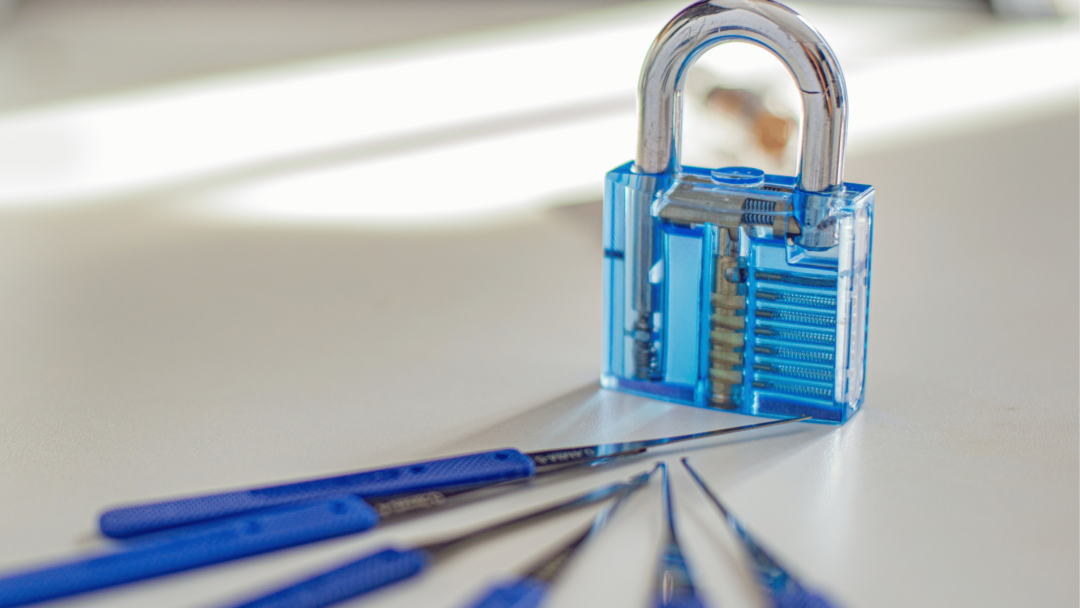Photography tripods are essential tools for both amateur and professional photographers seeking stability and flexibility in their work. They provide the steady foundation needed for capturing long-exposure images, time-lapse sequences, and panorama shots.
Using a tripod allows you to experiment with composition and light, expanding creative possibilities beyond the limitations of handheld shooting.
When selecting a tripod, consider factors like weight and portability, especially if you frequently shoot on location or travel. Material choices such as aluminum or carbon fiber offer different balances of durability and weight.
The tripod’s load capacity is also crucial, ensuring it can securely hold your camera and any additional equipment. Height adjustability and stability are significant features that contribute to the tripod’s usability across various terrains and settings.
Whether you’re looking to refine your landscape photography or need to stabilize your camera for indoor shoots, choosing the right tripod is vital. We tested numerous tripods to discover the models that offer the best performance in diverse shooting conditions.
Best Photography Tripods
Explore our curated list of the best photography tripods to elevate your photography experience. Whether you’re a professional or an enthusiast, find a tripod that meets your needs and enhances your shots.
JOILCAN Tripod
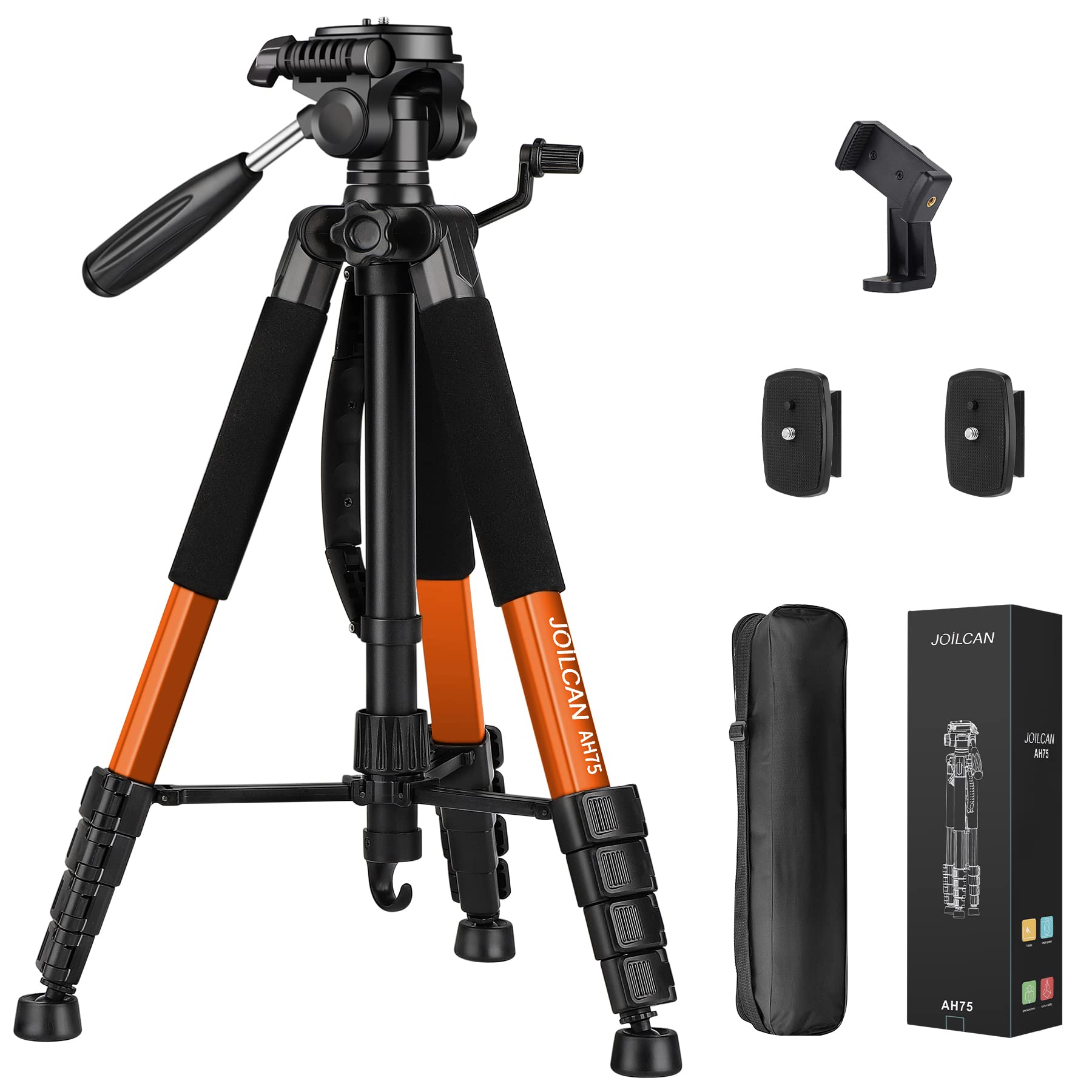
Consider this tripod if you need a reliable, lightweight option that’s versatile for both photography and videography.
Pros
- Lightweight and easy to carry at just over 3 lbs
- Provides excellent stability with its rubber feet
- Compatible with many devices, including cameras and phones
Cons
- Not as sturdy when fully extended
- Some assembly required upon arrival
- Extra components might be cumbersome
Using the JOILCAN tripod was a breeze. Setting it up took no time, and its light weight made it convenient to bring along on hikes.
Rubber feet provided outstanding grip on uneven terrain, offering assurance it would stay put during those long exposure shots.
The tripod’s compatibility with both cameras and phones is a major advantage, especially when switching between devices.
Its 3-way pan head was smooth, allowing you to capture unique angles effortlessly. Switching from landscape to portrait modes was quick due to its ergonomic head.
Though it’s lightweight, you may notice some shake when the tripod is fully extended. It’s something to watch out for if you’re planning to use it with heavier equipment.
Additionally, extra extension locks can feel excessive, and some might find the partial assembly a minor inconvenience. Nonetheless, it’s a good value for its price, and its tall stature is a definite plus.
Victiv Tripod for Camera
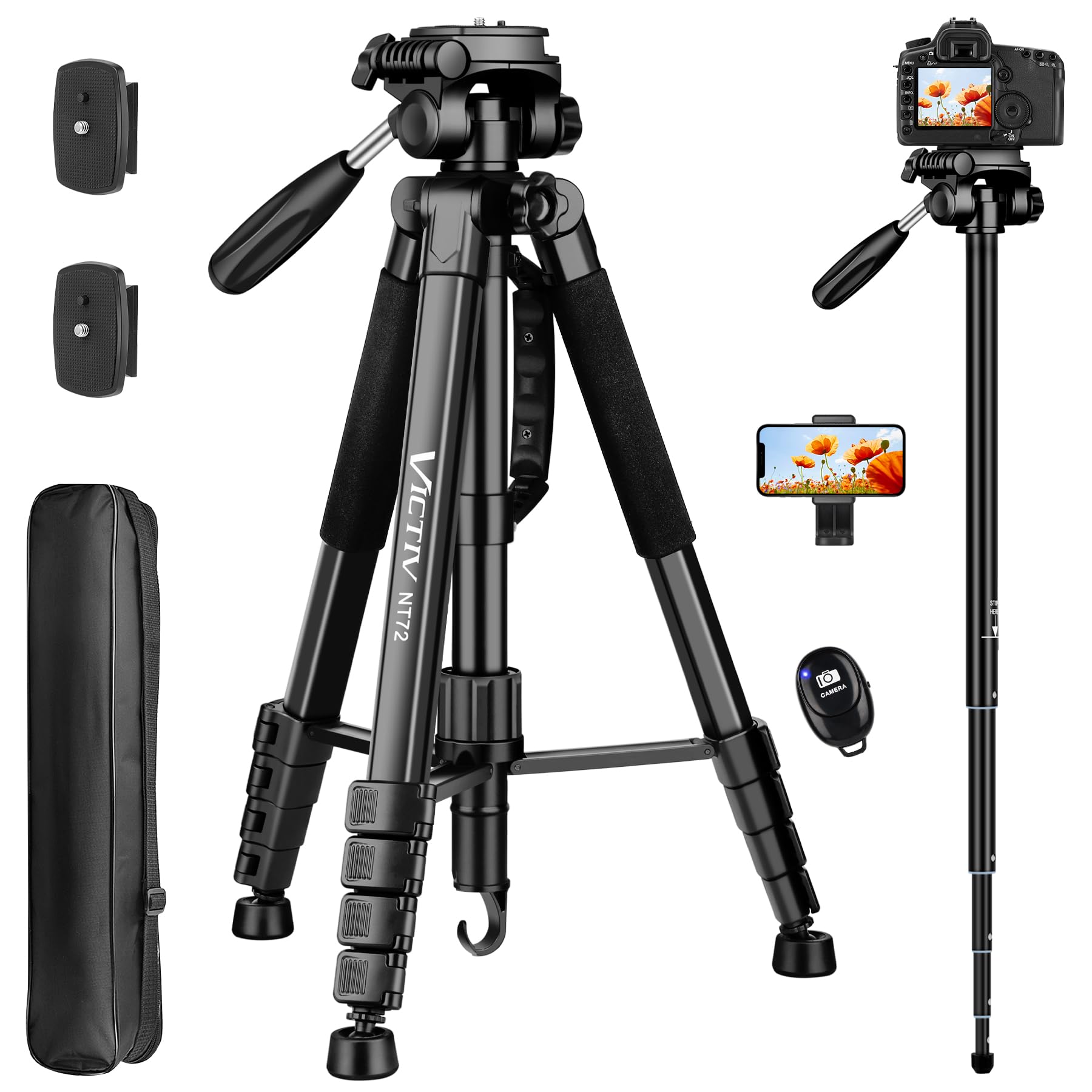
This tripod stands out for its versatility, making it a smart investment for photographers needing a lightweight and multifunctional option.
Pros
- Simple and fast setup
- Dual function as a tripod and monopod
- Lightweight, perfect for travel
Cons
- Might not suit heavier equipment
- Limited color options
- Minor stability issues at maximum height
Victiv’s tripod is exceptionally portable, weighing in at just 3.3 lbs. This makes it a great choice for travel photographers who need a solid tripod without bulk.
It features a flip leg lock style for quick and hassle-free setup, ensuring you don’t miss that perfect shot.
Transforming into a monopod in just seconds is a standout feature that adds to its convenience. You’ll appreciate this when switching between different shooting scenarios.
It’s made of durable aluminum alloy, promising stability while remaining manageable for long exposures and various environments.
The smooth 3-way swivel head allows for effortless panning and tilting, broadening your creative possibilities.
Whether you’re shooting video or stills, this feature makes it simpler to achieve the desired angle.
Keep in mind, though, that while it serves well for most uses, you may experience slight instability with heavier gear at maximum height.
Victiv 74” Tripod
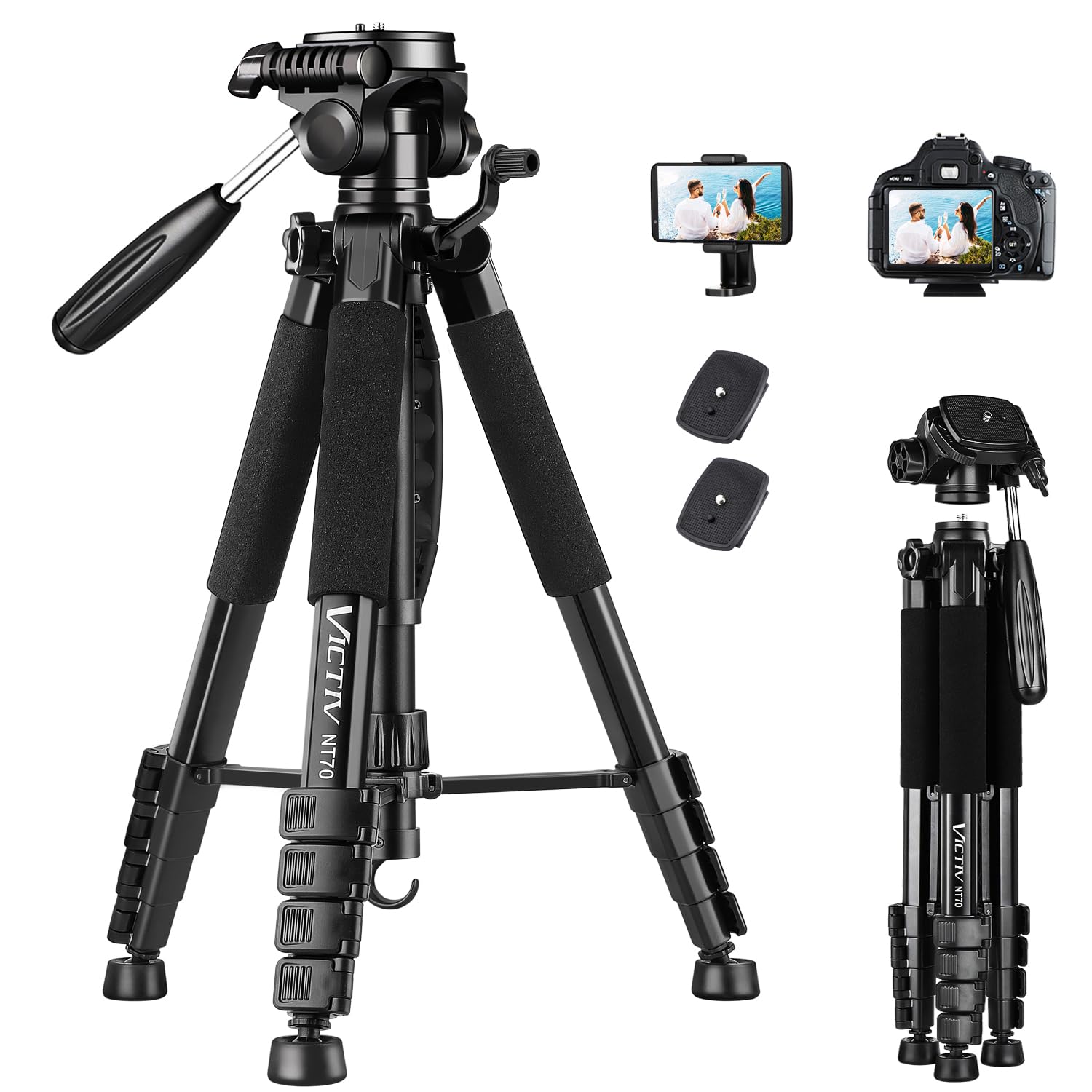
A reliable choice for versatile photography, this tripod balances durability and ease of use at a reasonable price.
Pros
- Lightweight yet durable
- Easy to adjust height settings
- Compatible with multiple devices
Cons
- Somewhat sticky in vertical adjustments
- Short carrying strap
- Not the most durable option under heavy stress
The Victiv 74” Tripod is designed for those who seek sturdiness without sacrificing portability.
The aluminum construction is robust, perfect for both indoor and outdoor use.
Its lightweight nature makes it easy to carry, and the adjustable height adds versatility to your photography endeavors.
Setting it up is straightforward, with a 360° pan head that caters to a range of shooting angles.
Whether you’re photographing landscapes or doing portrait shots, this tripod can adapt to your needs with its stable design.
Some users might find the vertical pan a bit stiff at times, but overall it doesn’t detract much from the functionality.
While the carrying bag strap is not the most comfortable for long journeys, the tripod itself remains a strong choice for amateurs and professionals alike.
K&F Concept Camera Tripod
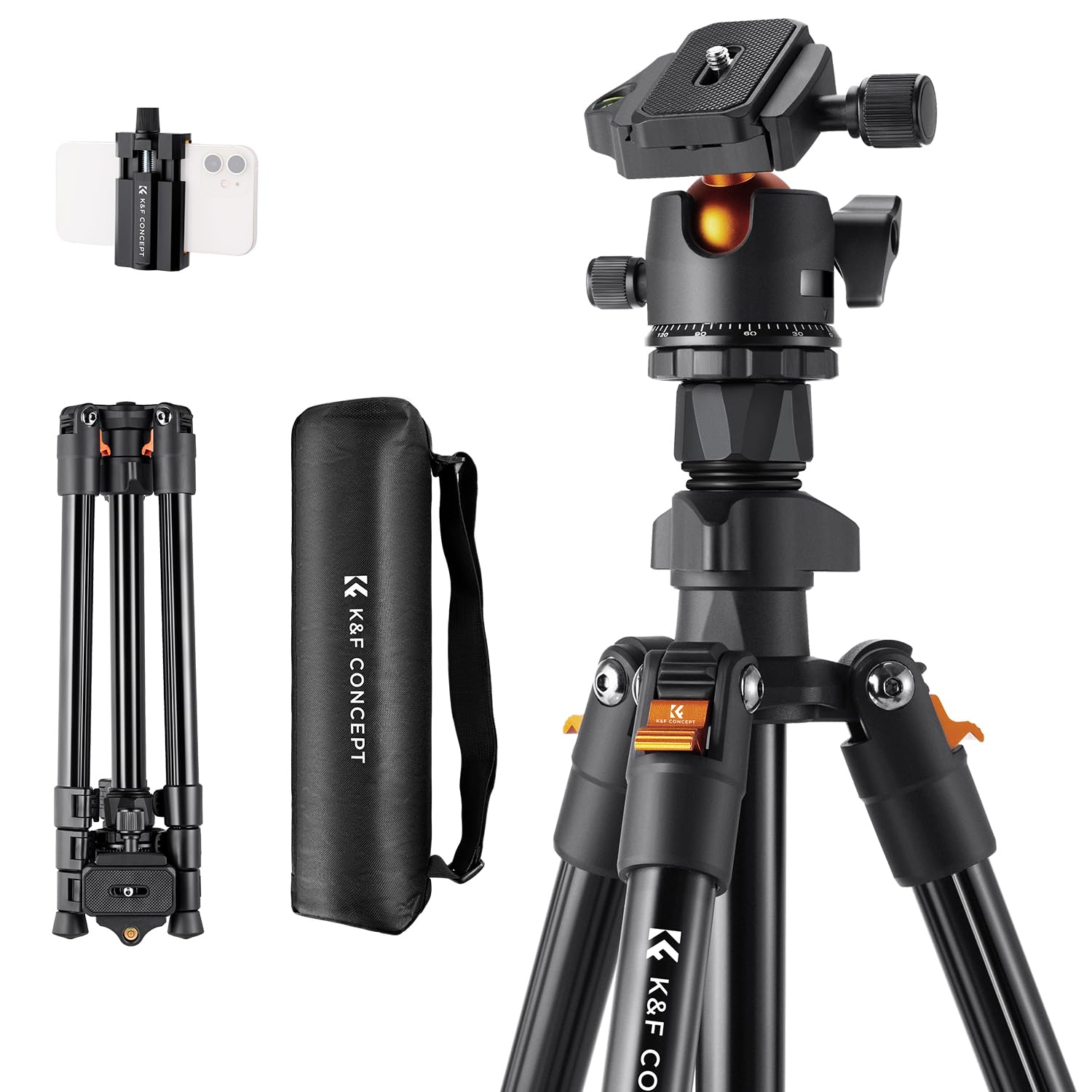
This tripod is an excellent choice for those seeking a lightweight yet sturdy option for both travel and outdoor photography.
Pros
- Easy to transport and set up quickly
- Versatile 360-degree ball head allows for precise shots
- Lightweight construction enhances portability
Cons
- Some users may find it lacks a panhandle
- Learning curve with the flip leg locks
- Limited height adjustment range may not suit all needs
This tripod shines with its lightweight design, making it a breeze to carry along on your travels.
The folding mechanism reduces it to a convenient size, allowing you to pack it into a bag without hassle.
Its build quality ensures stability, which is crucial for capturing sharp images.
With the 360-degree ball head, your photography takes a flexible turn.
This feature supports various shooting angles, enhancing your creativity.
You can easily set up panoramic shots or adjust the angle for precision shooting, giving you more freedom.
Despite its many strengths, it may take a bit of time to grasp the flip leg locks’ functionality. They are designed for efficiency, but getting accustomed to them takes a bit of practice.
Nevertheless, once you get the hang of it, this tripod proves to be a reliable companion on your photography adventures.
NEEWER 77 inch Camera Tripod
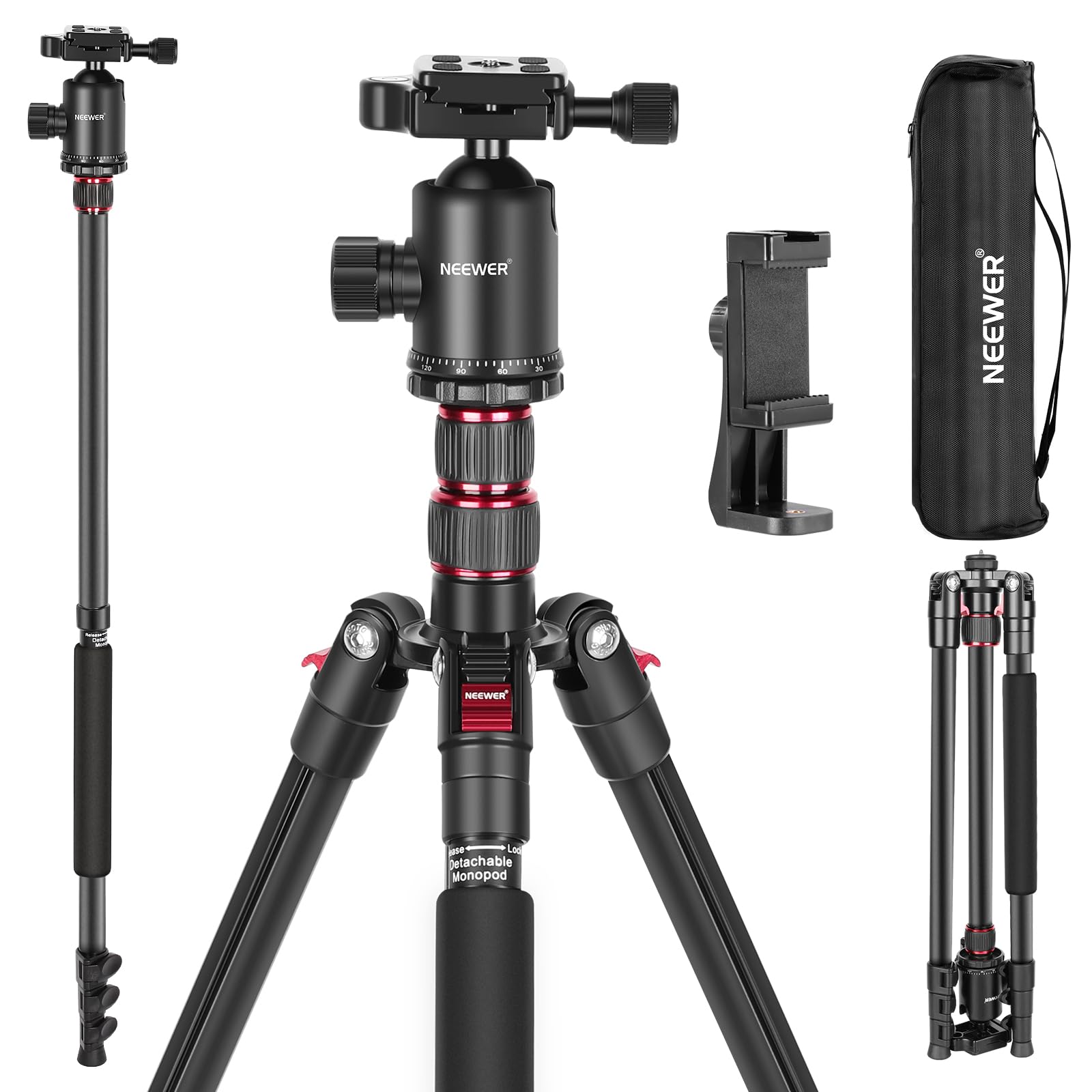
This versatile tripod is an excellent choice for photographers who need stability and adaptability in a lightweight package.
Pros
- Adjustable height up to 77 inches for diverse shooting angles
- Converts easily into a monopod for extra flexibility
- Sturdy aluminum build that supports up to 34 pounds
Cons
- Some users find the ball head less robust
- Quick release might not fit all camera plates
- Lacks included carrying strap on the bag
Setting up the NEEWER 77-inch tripod is surprisingly swift, whether you’re using it as a traditional tripod or converting it into a monopod.
The aluminum construction not only ensures durability but also keeps the weight manageable, making it a great companion for both travel and studio work.
When it comes to handling, the 360-degree panoramic ball head stands out. It allows you to find the perfect angle effortlessly.
You’ll appreciate the flexibility it offers, particularly if you’re working on capturing expansive landscapes or intricate architectural details.
While the tripod’s height and stability are impressive, it’s essential to note that the ball head may not be suitable for very heavy equipment.
Regardless, if you are looking for a reliable, multi-functional piece of gear, this tripod offers solid performance and convenience.
Buying Guide
Selecting the perfect tripod for your photography needs involves considering several key features.
First, stability is crucial. Make sure the tripod can support your camera’s weight.
Lightweight tripods are great for travel, but they must be sturdy enough to prevent the camera from shaking.
Height and Adjustability are also important. Choose a tripod that reaches the desired shooting height without compromising stability. Look for flexible legs that adjust easily to uneven terrains.
Consider the Material. Tripods are commonly made from aluminum, carbon fiber, or plastic.
Aluminum offers durability at an affordable price, while carbon fiber is lighter but more expensive. Plastic is generally less durable.
| Feature | Options | Considerations |
|---|---|---|
| Material | Aluminum, Carbon Fiber, Plastic | Durability vs. Weight |
| Leg Locks | Flip, Twist | Ease of use and speed |
| Max Load Capacity | Support for camera and accessories |
Another aspect to consider is the type of leg locks.
Flip locks are quick and user-friendly, whereas twist locks offer compactness. Whichever you choose, test the locks for secure fastening.
Compatibility with your equipment, such as camera mount types and head attachments, ensures the tripod will work with your current gear.
Consider features such as quick-release plates for convenience.
When buying a tripod, portability and ease of setup are essential, especially if you travel frequently.
Look for a model that folds compactly and is easy to transport.
Lastly, consider your budget.
While high-end tripods can offer more features, you can often find affordable options that meet your basic needs. Balancing cost with features will help you find the right tripod for your photography adventures.
Frequently Asked Questions
When choosing a tripod, consider features like stability, weight, and compatibility with your camera setup.
Different tripod options and brands cater to specific needs such as travel or heavy DSLR support. Alternatives for mirrorless cameras also exist.
What are the most important features to look for in a professional photography tripod?
Professional photography tripods should prioritize stability and sturdy build quality.
The material, such as carbon fiber or aluminum, influences weight and durability. Height adjustability and load capacity are critical factors.
Consider the type of locking mechanisms and the ease with which you can set up the tripod on various terrains.
Which tripods are best suited for travel photographers who need to pack light?
For travel photographers, compact and lightweight tripods are essential.
Look for tripods made from lightweight materials, such as carbon fiber. Tripods that fold down to a small size and have a quick-release mechanism can ease transportation.
Models that extend to a reasonable height without compromising stability offer the best balance for travel needs.
How does tripod head type impact the functionality and use in different photography scenarios?
Tripod head types like ball heads, pan-tilt heads, and gimbal heads offer various levels of flexibility and control.
Ball heads allow quick adjustments and are suitable for dynamic shooting angles, while pan-tilt heads provide precise control for shooting panoramas. Gimbal heads are ideal for wildlife or sports photography, supporting heavy lenses with smooth motion.
What tripod options are recommended for heavy DSLR camera setups?
For heavy DSLR setups, tripods with high load capacity and sturdy construction are recommended.
Look for models with strong leg locks and robust materials such as carbon fiber or aluminum. Consider using tripods with center columns or platforms designed to support weighty equipment without compromising stability.
Are there specific tripod brands that professionals tend to prefer for long-term use?
Brands like Gitzo, Manfrotto, and Really Right Stuff are often favored by professionals for their durability and performance.
These brands offer a wide range of models tailored to different needs, from lightweight travel options to heavy-duty studio setups. Their products are known for quality materials and versatile features, enhancing longevity and user satisfaction.
What are the best tripod alternatives for photographers using mirrorless cameras?
For mirrorless camera users, alternatives like monopods or compact tripods are suitable.
These options provide adequate support while maintaining portability.
Some models offer innovative features, such as flexible legs that wrap around surfaces, enhancing versatility in various shooting conditions.
These alternatives are perfect for those who need mobility without sacrificing stability.

